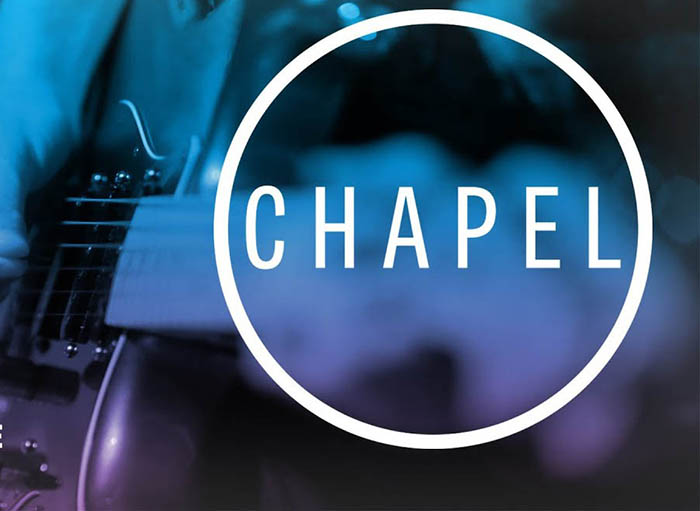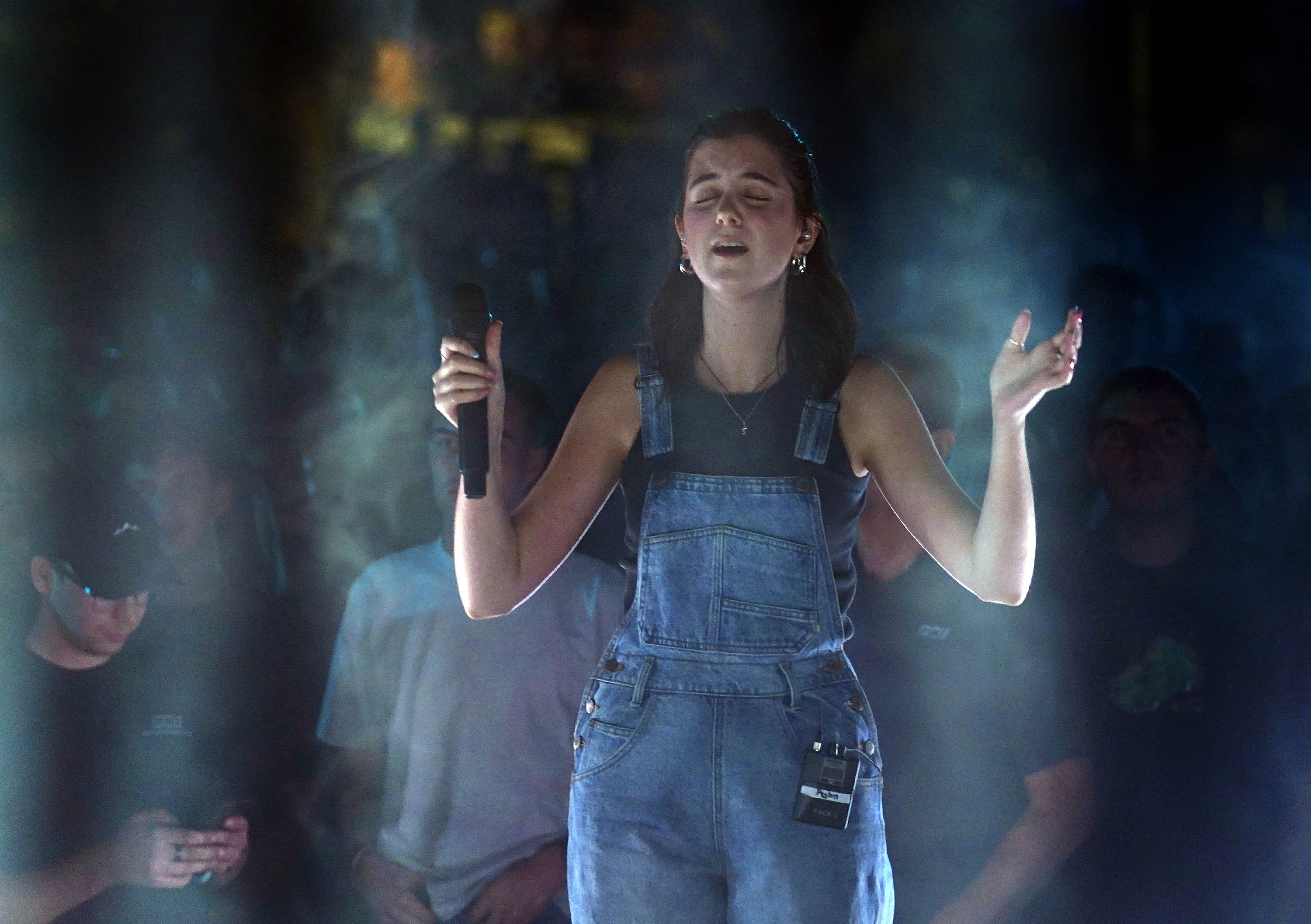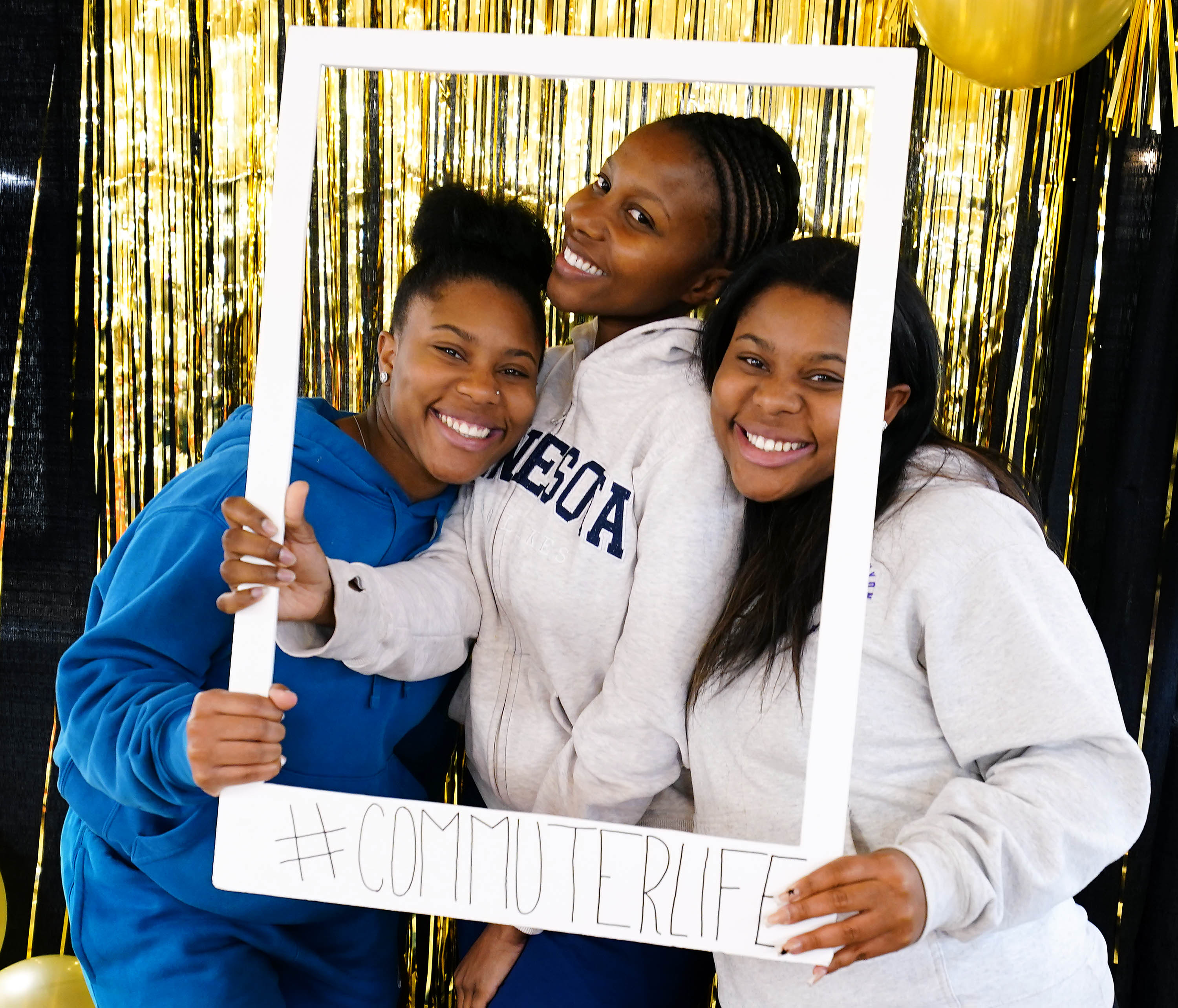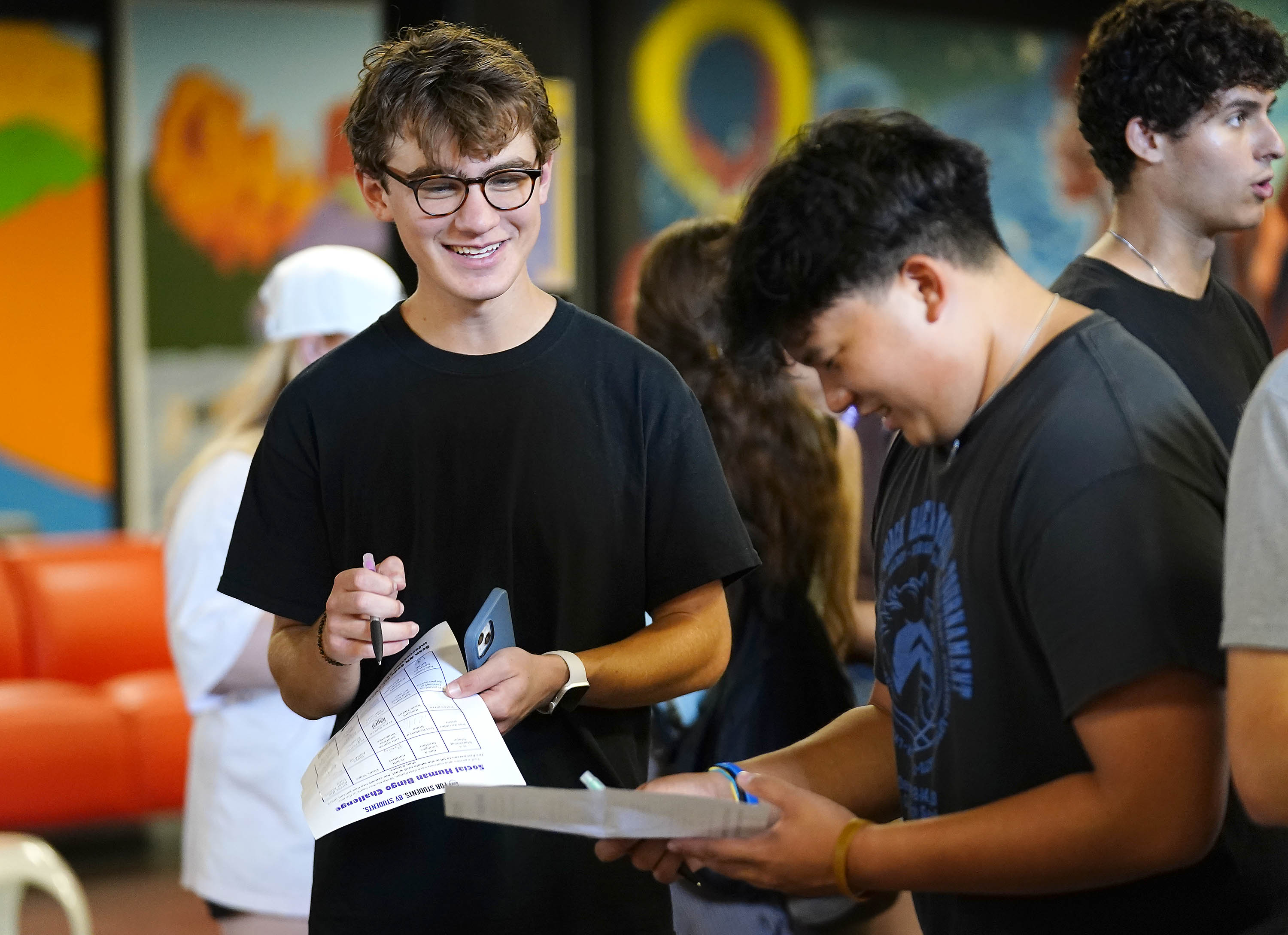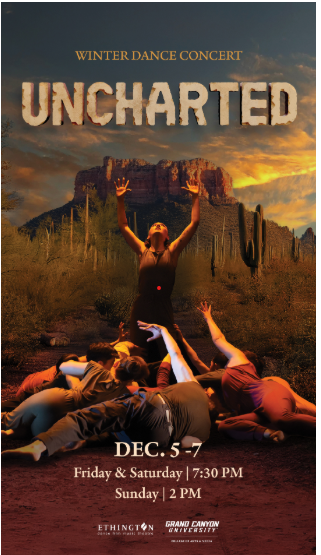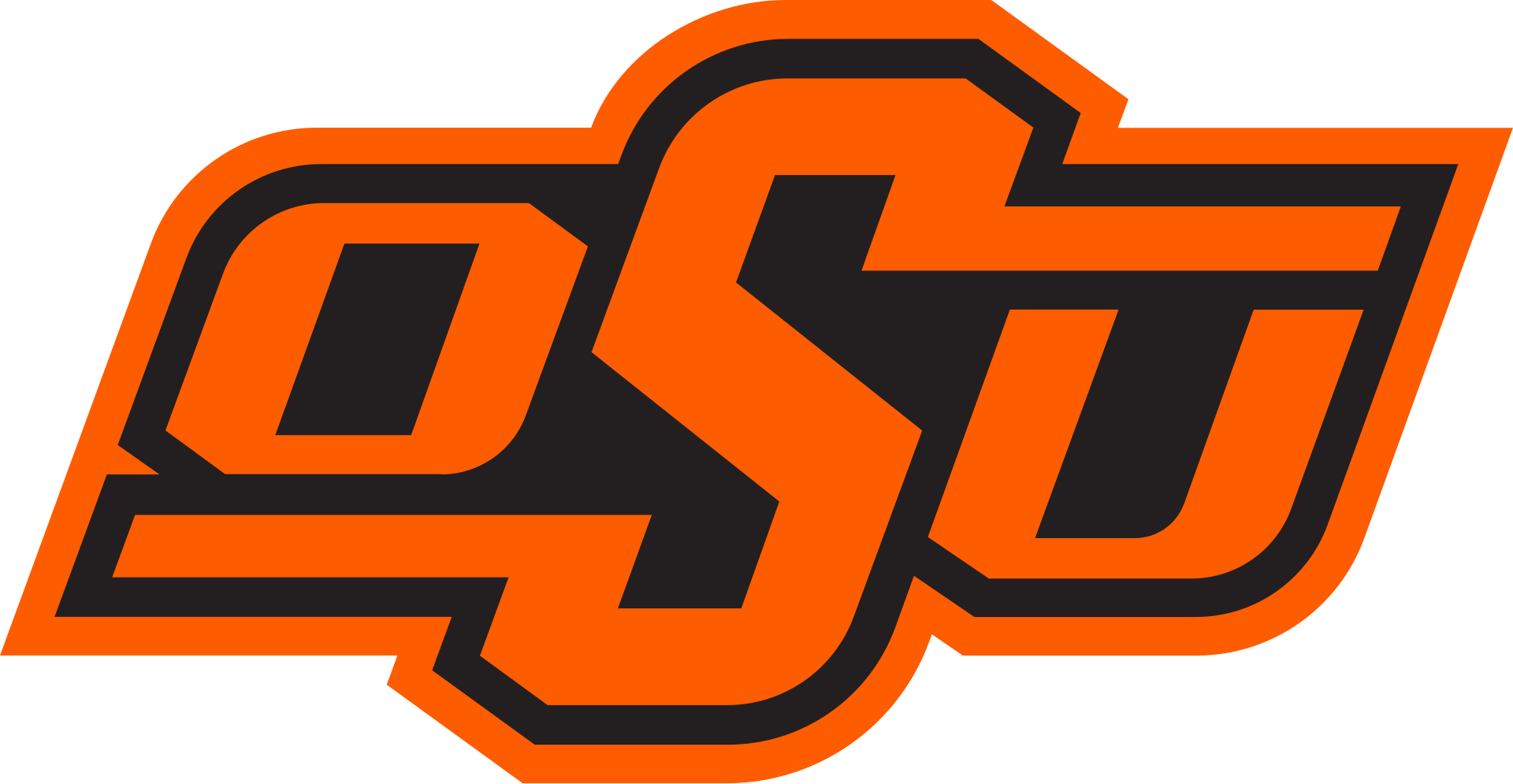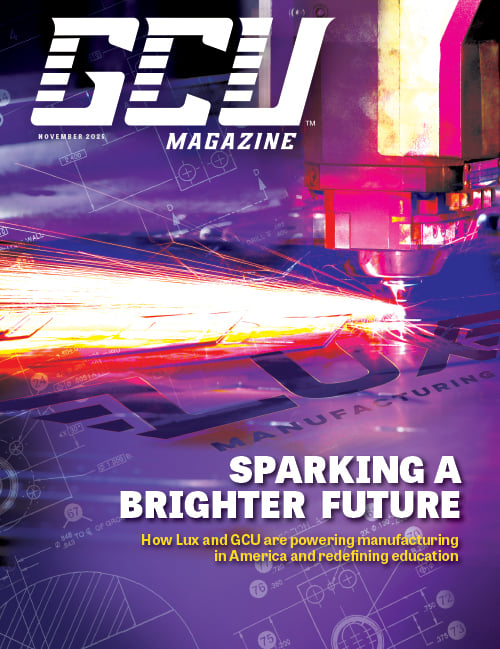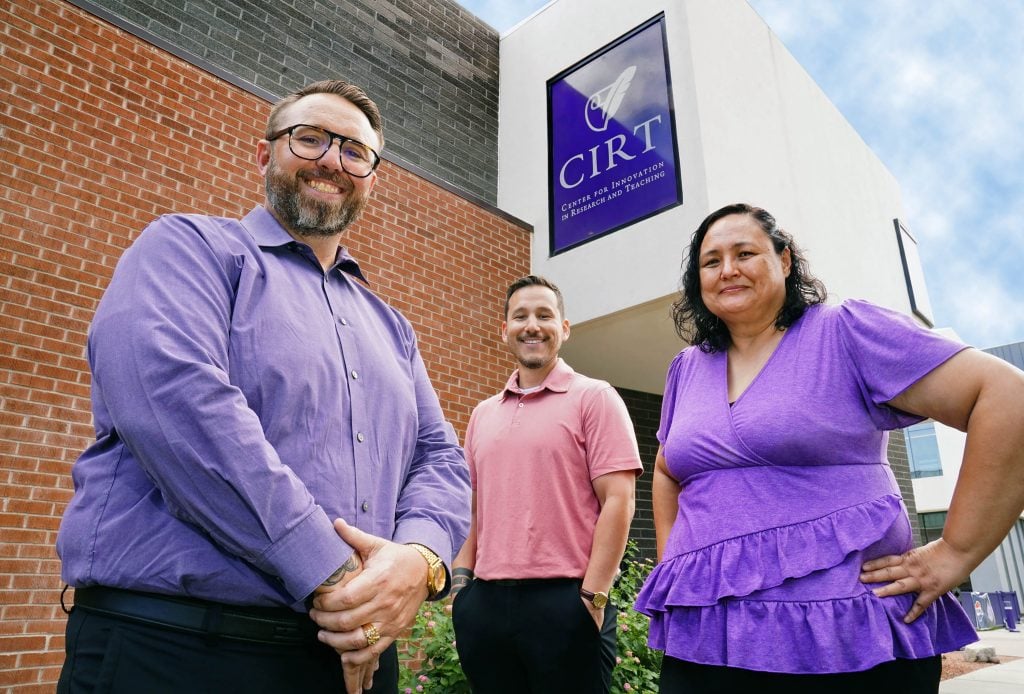
Among Grand Canyon University faculty who teach online, cultivating social presence in the classroom is not new terminology – in fact, the university hangs its hat on being an innovator in online education by its practice.
“(Social presence) is defined as the degree of salience between individuals and computer mediated communications,” said Dr. Thomas Dyer, professor in the Department of Online Teaching and Learning within the College of Humanities and Social Sciences.
But along comes artificial intelligence, and Dyer said the question must be recharged: “How do we make ourselves more real in the online classroom?”
A year ago, Dyer became the director of the new Social Presence Literacy Lab, housed in the Center for Innovation in Research on Teaching, and along with fellows Elizabeth Larson and Jacob Aroz, produced the five-part webinar series, "Social Presence in an AI-Driven Educational Landscape: Strengthening Human Connection," the final installment dropping online today.
The free series, available here, explores the use of AI in the online classroom and ways to keep that instruction empathetic and human-centered.
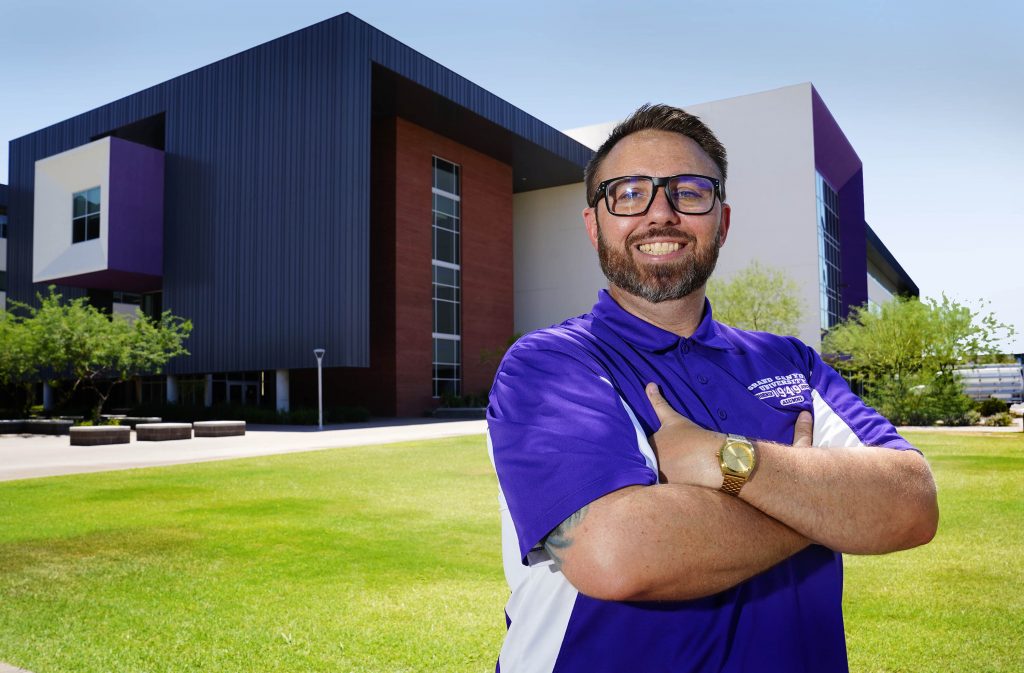
“How do we stay human in a world full of AI, especially in education?” Dyer asked.
In some ways, it’s a continuation of what already is happening among GCU’s 180 full-time online faculty and hundreds more adjunct professors – “mimicking proximity in the online classroom. …
“That is where we stumbled upon social presence – being intentional, using our students’ names, using emojis, smiles and other things we can do in an online classroom that we do face to face.”
But adding AI to the mix can create another barrier to that proximity.
“Students are not paying for that content, they are paying for your expertise within the content, and they want to get what you know, what your experience has been, in that degree,” Dyer said. “We have to be careful not to take ourselves out of it.
“Maybe AI can help with administrative tasks, but that should free us up for more time to do personalized responses to students and be active in discussion forums. … Model that social presence in the classroom – using people’s names and providing feedback, making videos that showcase your personality. If you are funny, be funny. Now we have to make sure with the use of AI that we are still the human in the classroom, and let students see it.”
But social presence is deeper than that, too.
"At its core, social presence is about cultivating a sense of real connection, authenticity and trust in online learning environments. It includes cognitive, emotional and relational dimensions that support community building, deeper engagement and meaningful learning," Dyer said. "In our lab and in the webinar series, we’ve been intentional about framing social presence as a literacy, one that can be developed and practiced, and which goes beyond surface-level interactions to foster deeper, more humanizing educational experiences, even in the midst of technological change."

Larson, a Department of Online Teaching and Learning associate professor, said that AI is good for research, brainstorming and generating or fine-tuning ideas, but keeping “your own unique teaching voice, your own unique teaching style” is vital.
“How can you merge the two, so your own unique voice is not lost?” she asked.
The series helps teachers evaluate when to use AI in the classroom, and a fundamental question is: “Does it lead to community, does it lead to interaction?
“What are you trying to accomplish, what is the problem you are having and why is it you are using this tool to do that? If it all fits, run with it.”
One example is in a writing course that assistant professor Aroz is teaching. He tells students that AI is like a “study buddy.” “Here is my thesis, give me feedback.”
It’s no different than bouncing ideas off a roommate – maybe, a real smart one.
“The idea of literacy is it’s not static. You can always grow in understanding something,” Aroz said. “We provided a framework for faculty to follow – what to do to implement it intentionally and use the social presence framework.
“The thing the three of us talk about is we want to use AI to enhance our pedagogy and not dictate it.”
The next step is injecting that humanity, a “labor of love,” Dyer said. “We don’t want students to get to a class and they don’t know if there is a real person behind the screen or not.”
In one installment in the series – attended by nearly 80 faculty members as a live webinar in the spring semester – Aroz told the audience it was important to “remind them we are not just avatars.”
One math teacher wanted his students to see his face every week; another education teacher created a poster of family vacations. Others created discussion, projects, informal social actions or personal messages that show concern and empathy for students and ultimately help the community come alive.
“Show your authentic self,” he said. “Open up personally.”
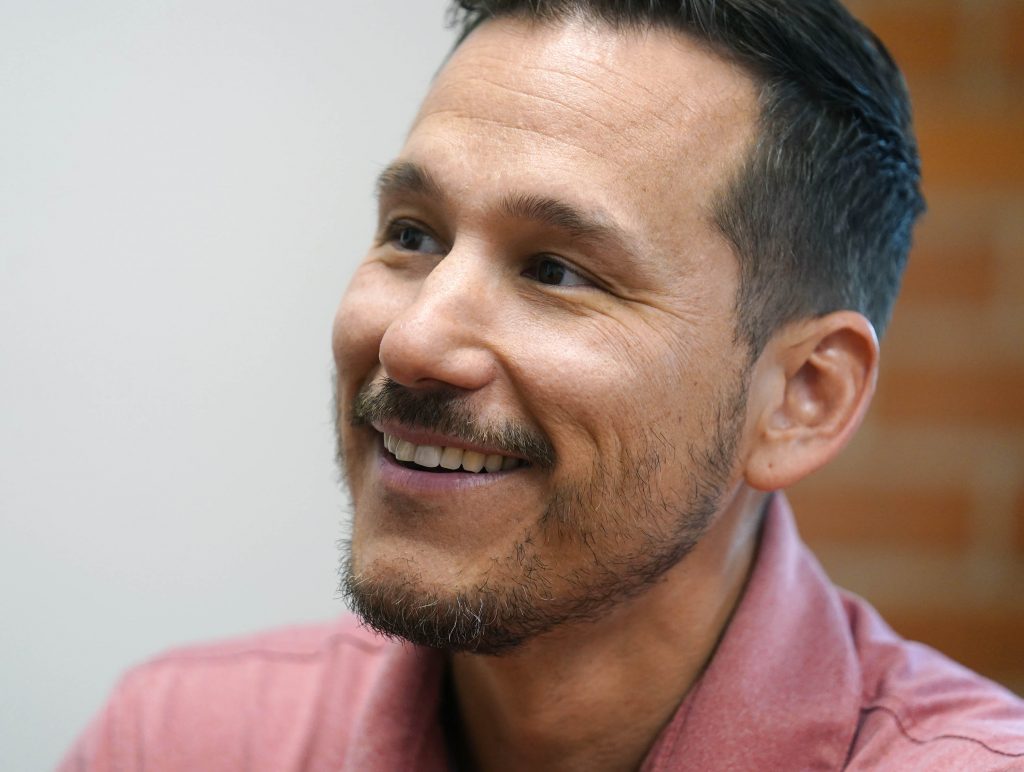
That can lead to more communication and higher engagement because students are “more likely to share thoughts without fear of judgment.”
The series laid out some challenges. The lack of guidelines in AI use, the thorny ethical and legal questions, AI's often error-filled development and staying on top of tech advancements can be troublesome.
But using it as a tool so that “we are not just transmitters of knowledge, we are guides,” Dyer said in one of the series’ episodes, is a reminder of a battle waged by educators since the internet emerged.
“How do we maintain humanness in an online learning world?”
The new lab in CIRT hopes to keep answering that question with new presentations and research in the coming years.
Grand Canyon University senior writer Mike Kilen can be reached at [email protected]
***
Related content:
GCU News: She couldn't afford to go to commencement, until a rich surprise unfolded
GCU News: Mom and daughter navigate all of life together, even graduation

